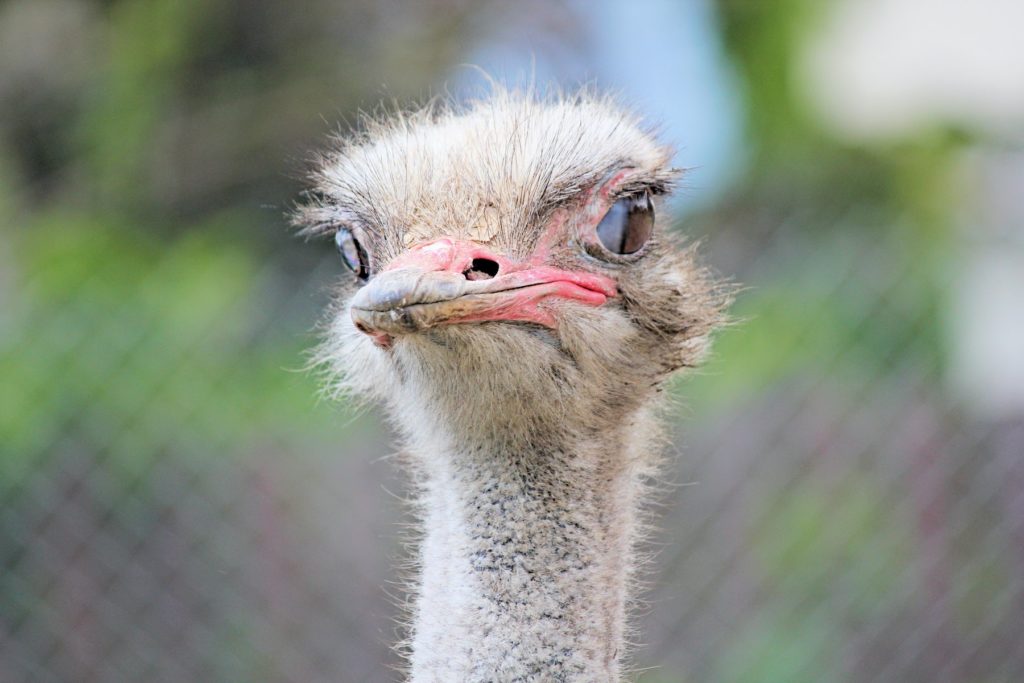
How much news can one take?
My working answer is simple: it depends.
My friend Dan used to work as a crime reporter. Armed with his journalistic lens of objectivity, he saw horrible stuff, yet he was able to distill it into readable print. He likes keeping up with the national news and staying informed. Although he’s distressed about what is happening, the news hasn’t brought him down personally.
I’m different. I’m sensitive to the news, especially the onslaught of bad-getting-badder news. It sends me into fear, agitation, and waves of “awful-ing.” I was holding my ground until the death of Ruth Bader Ginsburg and the start of the Supreme Court nomination conversations. Then, I started going down.
My spurt of anxiety wasn’t helping me or the nation.
I have to stay careful about how much news I imbibe. Before consuming more, I ask, “Will I be able to do something constructive with this?” or “Will there be an action for me to take?” Often the answer is “no.”
Does that mean I’ve cut myself off from the news? Not exactly, because I live in an ecosystem where I trust people like Dan and my husband (who probably reads more than he can tolerate), to alert me to what I need to know. In a community, some have the interests and constitution that allows them to “digest” the news for those of us who have a weaker tolerance.
We all rely on others, to some extent, to share the news. We need to carefully choose the digesters, disseminators, gatekeepers, and curators we trust. Do they care about the truth? Are they open to diverse perspectives? How much do they let their own biases and emotions (which we all have) temper what they share?
Staying out of the sand
I don’t want to keep my head buried in the sand. Fun factoid: neither does an ostrich.
According to popular myth, ostriches avoid danger by burying their heads in the sand. I grew up imagining this enormous, flightless creature, who weighs 350 pounds and measures nearly nine feet tall, standing with his butt in the air and his head under the sand. Not a very safe position. Nor a breathable one.
And not at all true. First, the ostrich’s first line of defense will always be fleeing. They can run at speeds above forty miles an hour–faster than most animals (see below). The claws on an ostrich can be deadly. One good kick can kill a lion.
So why the misconception? It may be because ostriches, both male and female, take turns, a couple of times a day, putting their heads briefly into the large sandpit where they’ve buried their eggs.
Second, the ostrich has a small, sandy-colored head. Seen from a distance, the ostrich may look like it has its head under the ground when it’s just bending down nibbling insects. Or the ostrich may have flopped to the ground, its head and body blending with the terrain. That’s its last recourse to avoid being seen when it can’t outrun a predator,
The ostrich needs to stay up on the local news and is constantly scanning the environment. That’s not stuck in the sand.
The difficult news that I can digest
What looks like having one’s head in the sand may, upon closer inspection, mean one is contributing in a different way.
Do my limits on national news mean I can stand only good news? No. I can deal with news about death and serious illness. Last week, a friend died unexpectedly, another friend entered her last stages of cancer, and a close friend was diagnosed with Alzheimer’s. Another lost her dad. This kind of news breaks my heart, yet leaves it whole. Death will always be part of life.
This is news I can digest and work with. Feeling the grief of others builds my compassion.
Plus, I can take action. I can call the friend who lost her dad. I can visit (safely) the friend who may be dying. I can explore how to stay connected and support my friend with Alzheimer’s, without succumbing to the “tragedy narrative” about dementia in our culture.
Part of my role, in my ecosystem of friends and connections, is to extend caring to others dealing with grief.
Supporting each other
Dan will consume large quantities of news and help digest it for people like me.
Others of us may find an inner calm that can help steady those who are buffeted by the national storms. We may pray or offer our visions of a positive world. We find pieces of work that are ours to do.
We all have different roles to play in the apocalyptic drama we are facing.
We each need to discern what allows us to stay mentally and physically healthy while listening for how to best contribute.
We’re in this together.
If the news diminishes your energy, and you can’t watch, appreciate the curators in your life.
Give where you can.
We all have to stay strong.











